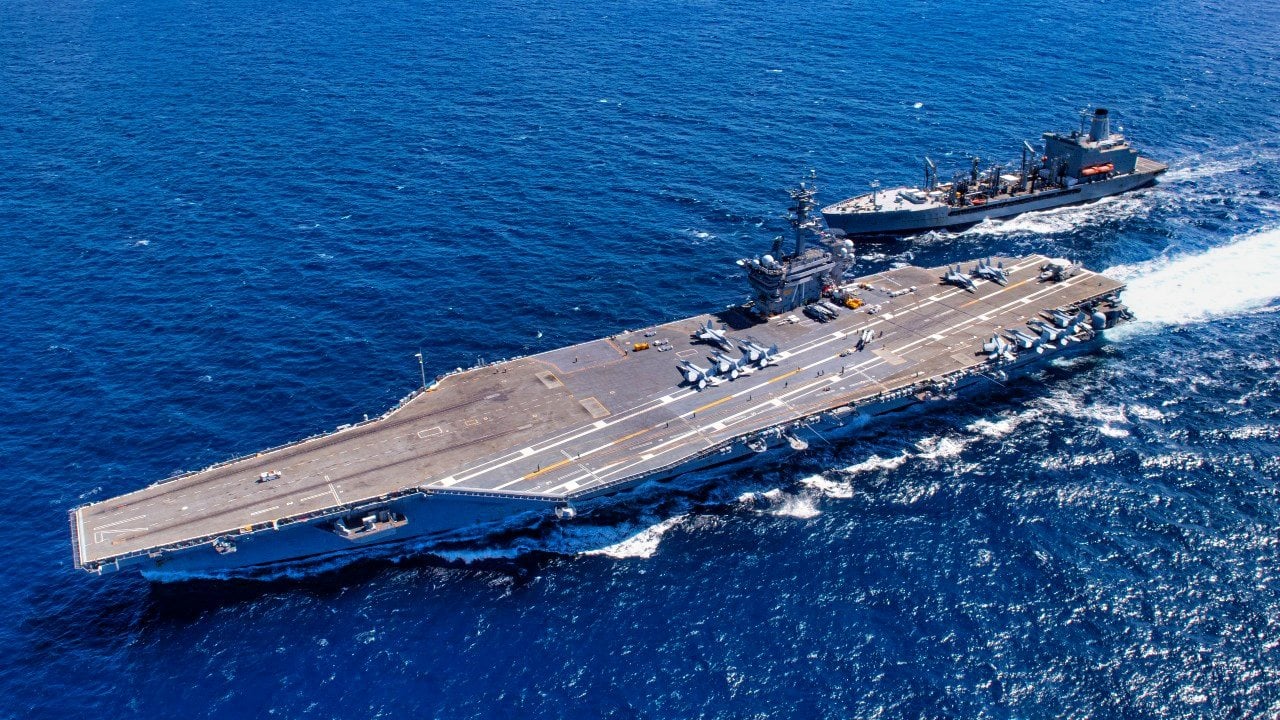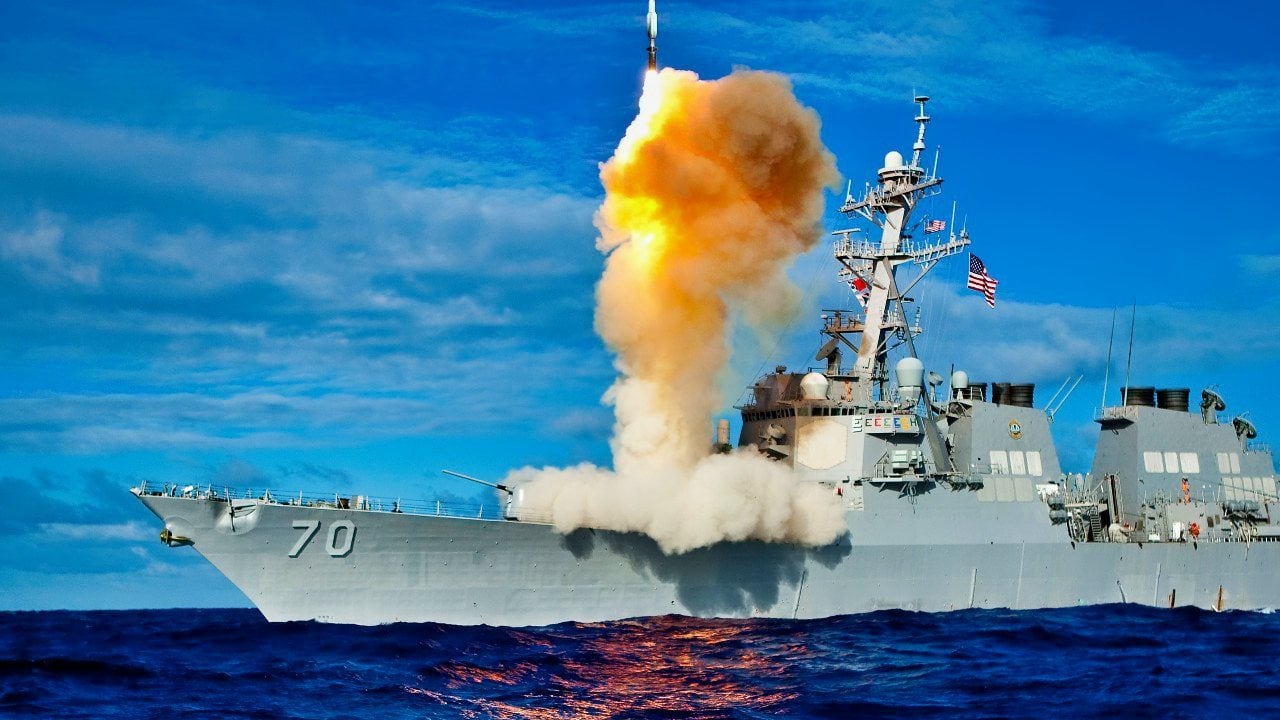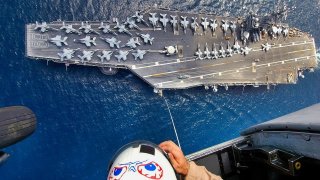The U.S. Navy's Aircraft Carrier Fleet Is Stretched Thin
The U.S. Navy is facing challenges maintaining a global presence with its 11 nuclear-powered aircraft carriers.
Summary and Key Points: The U.S. Navy is facing challenges maintaining a global presence with its 11 nuclear-powered aircraft carriers.

-Currently, the USS Dwight D. Eisenhower (CVN-69) is returning home after a nine-month deployment in the Mediterranean and Red Seas, where it responded to the war in Gaza and protected shipping from Houthi militants.
-The Pentagon remains confident in its ability to confront the Houthi threat as the USS Theodore Roosevelt (CVN-71) prepares to transit to the Red Sea. In the interim, two Arleigh Burke-class guided-missile destroyers will ensure security in the region.
No Carrier in the Red Sea – Will the Houthis Press Their Advantage?
The U.S. Navy operates 11 nuclear-powered aircraft carriers – 10 of the Nimitz class, and one Gerald R. Ford-class supercarrier. Yet the flattops are stretched thin in their mission to project power around the globe.
Multiple carriers are deployed at any one time, but there simply aren't enough of them for the Navy to maintain a presence everywhere they are needed. That state of affairs is revealed right now, as USS Dwight D. Eisenhower (CVN-69), the second oldest nuclear-powered carrier in the world after her sister ship USS Nimitz (CVN-68), is ordered to depart the Red Sea and return home after being deployed to the region last fall.
CVN-69 has spent much of the past nine months in the Mediterranean and Red Seas in response to the war in Gaza. USS Dwight D. Eisenhower was deployed to the Red Sea to protect commercial shipping that had come under attack from the Iran-backed Houthi militants that control swaths of Yemen. Houthi rebels have been at war with the recognized Yemeni government, which is supported by a Saudi-led coalition, for more than a decade. The rebels have targeted commercial shipping in support of Hamas, which is also backed by Tehran.
In recent weeks, the Houthis have also taken to social media with increasingly outlandish claims that its missiles and/or drones have damaged or even crippled a carrier and other assets. The U.S. Navy has countered with its own social media efforts, highlighting that it has been business as usual aboard its warships.
No Aircraft Carrier in the Red Sea – No Problem?
On Monday, the U.S. Department of Defense said it remains confident it will be able to confront the Houthi militia even as USS Dwight D. Eisenhower departs. Her replacement, USS Theodore Roosevelt (CVN-71), is currently in South Korea for a port-of-call visit followed by joint exercises.
CVN-71 will then transit to the Red Sea.
"We still have capability in the region," Pentagon spokesman Maj. Gen. Pat Ryder told reporters.
Ryder added that the Navy will "continue to work very closely with our international allies and partners toward that end when it comes to safeguarding the flow of commerce and safety of mariners in the Red Sea."

The Navy isn't leaving the Red Sea unprotected, however.
Two Arleigh Burke-class guided-missile destroyers, USS Laboon (DDG-58) and USS Cole (DDG-67) will remain in the region at least until CVN-71 and her carrier strike group arrive early next month. Ryder also underlined that other U.S. warships are operating in the neighboring European theater.
For now, the two destroyers will have to go it alone – but both warships maintain perfect records in countering Houthi missiles and drones.
Author Experience and Expertise: Peter Suciu
Peter Suciu is a Michigan-based writer. He has contributed to more than four dozen magazines, newspapers, and websites with over 3,200 published pieces over a twenty-year career in journalism. He regularly writes about military hardware, firearms history, cybersecurity, politics, and international affairs. Peter is also a Contributing Writer for Forbes and Clearance Jobs. You can follow him on Twitter: @PeterSuciu. You can email the author: [email protected].
All images are Creative Commons or Shutterstock.
From the Vault
Russia Freaked Out: Why the U.S. Navy 'Unretired' the Iowa-Class Battleships
Battleship vs. Battlecruiser: Iowa-Class vs. Russia's Kirov-Class (Who Wins?)


